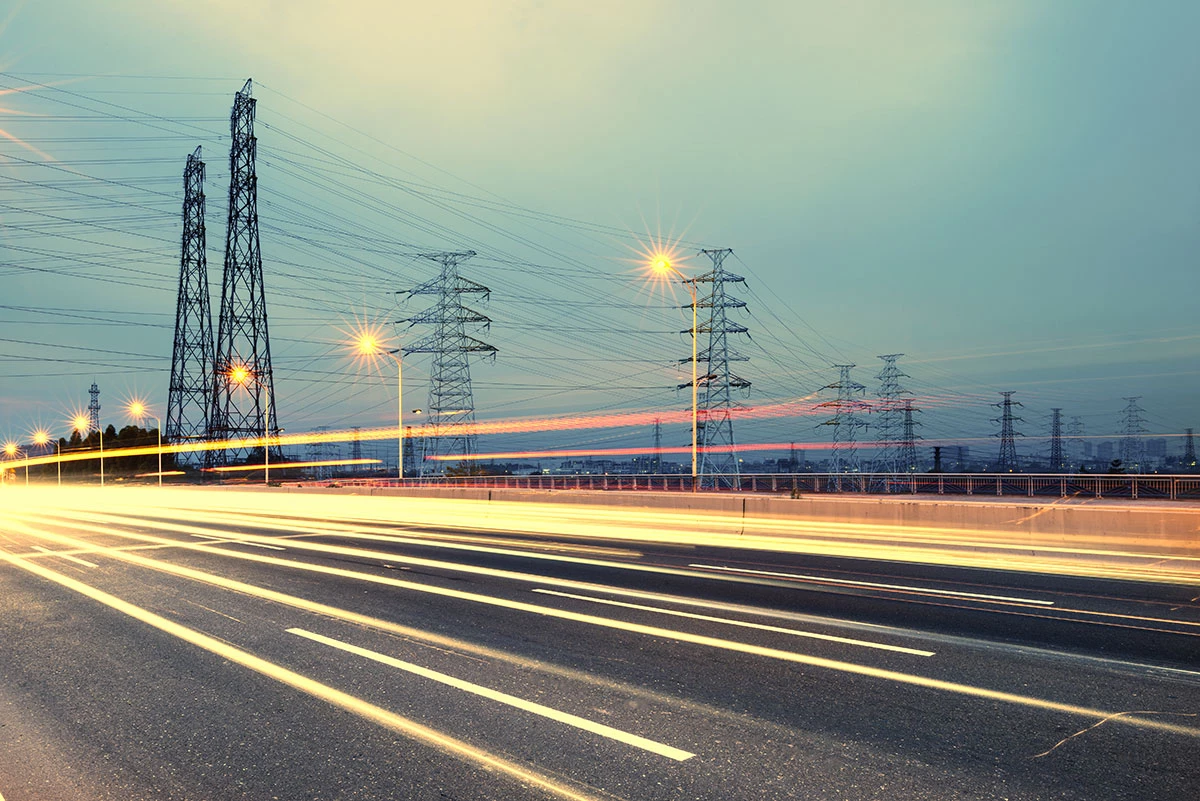Europe’s energy transition on track despite Ukraine war, finds DNV report
Europe’s energy transition will accelerate and not slow down because of its pivot away from Russian gas, according to new analysis by DNV’s Energy Transition Research released on Wednesday.
According to the research, 34 percent of the energy mix in Europe will come from non-fossil fuels in 2024, two percentage points more than the pre-war forecast, DNV said in a statement. Overall gas use will drop 9 percent in 2024 compared with DNV’s pre-war model run, according to the data.
DNV researchers said that although some coal is needed in the very short term to meet Europe’s energy demand, by 2024 postponed retirements and higher nuclear utilisation will be critical to cover the shortfall of natural gas.
Emissions from energy will be 2.3 percent lower in Europe in the period between 2022-30, compared to a pathway without the Ukraine war, due to the increased prominence of low carbon energy such as renewables and nuclear, more energy efficiency and, in the medium term, lower economic growth.
The biggest percentage of increase will be in solar energy, DNV said, adding that 2026 it will be up by 20 percent. The delayed retirement of some of the continent’s nuclear power plants is also an important component of filling the energy gap, the report said.
“As they did during the COVID-19 pandemic, Europe’s leaders have applied clarity of thought during a crisis to accelerate the continent’s energy transition,” Remi Eriksen, Group President and CEO of DNV, said in a statement. “This time Europe is increasing energy security whilst reducing emissions,” he added.
KEEPING THE ENERGY INDUSTRY CONNECTED
Subscribe to our newsletter and get the best of Energy Connects directly to your inbox each week.
By subscribing, you agree to the processing of your personal data by dmg events as described in the Privacy Policy.
More utilities news

Thames Water Rescue Bidder Doubts Sale Process Feasibility

Edison Probing Retired Power Line as Possible Start of LA Eaton Fire

UK to Eases Rules for Nuclear Plants in Bid to Boost Growth

Borouge reports exceptional FY2024 net profit of $1.24 billion, a jump of 24% YOY

China Tariffs on US Oil Come as Exports Have Sunk From Peak

Zelenskiy Urges Parliament to Back Additional Nuclear Reactors

TA’ZIZ awards $1.7b contract to Samsung E&A to build UAE’s first methanol plant

Trump Raised Millions From Crypto Firms for His Inauguration

Hensoldt Offers to Take Over Continental, Bosch Workers
















